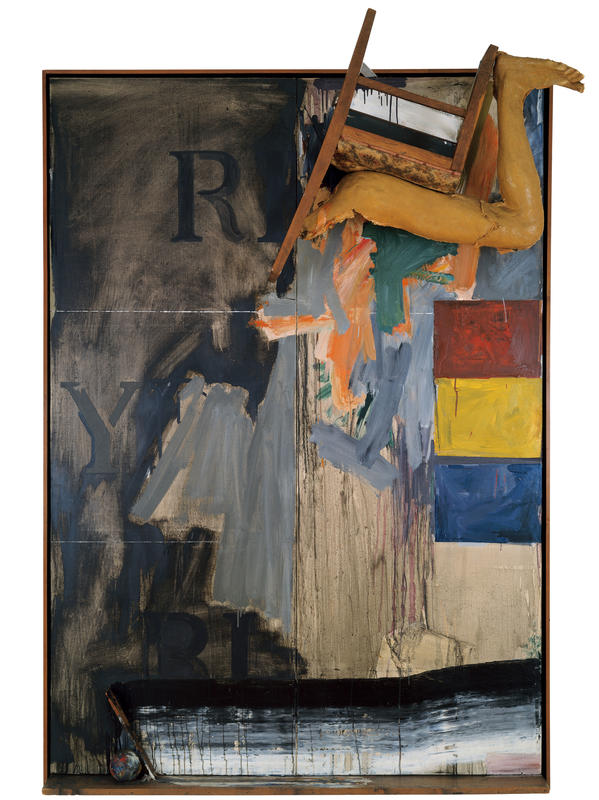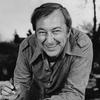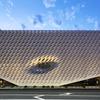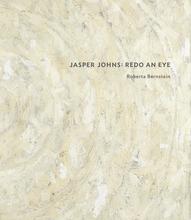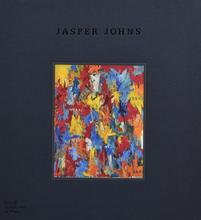More about Watchman
- All
- Info
- Shop

Sr. Contributor
There’s no middle ground with Jasper Johns; he’s either got way too much going on, or he perplexes you with simplicity.
Watchman is definitely one of those works that has a lot going on. But even when one of his works seems simple, rest assured knowing that the layers of complexity are just waiting for you to find them. When Johns decided to include a wax cast of a friend’s leg, he embarked on a new chapter in his art practice that would incorporate a variety of fragmented body parts cast in wax. In this work, Johns mixes a cast body part – reminiscent of George Segal’s full-body plaster casts – with found objects – calling to mind Duchamp’s readymades – and, you know, some regular old paint, too.
This surprising mélange is the result of the artist’s international travels, as well as his influences from back home. Tōno Yoshiaki, a Japanese curator and art critic, invited Johns to fulfill a two-month residency at Tokyo’s Minami Gallery. During this trip, Johns met fellow artist Ushio Shinohara, who had riffed on Johns’s 1958 work Three Flags. This encounter was surely a meeting of the minds. Seeing Shinohara’s work inspired a Johns painting that he showed at the 1965 Whitney Biennial. Finally, the paint strokes that occupy the canvas just below the chair and cast recall the broad strokes of a Franz Kline painting.
This reference to the “all the feels” nature of the sad boys of Abstract Expressionism was par for the course for both Johns and Robert Rauschenberg, his lover and art-making co-conspirator. Johns and Rauschenberg saw themselves as posing larger questions about art, life, and everything in between. They were endlessly more philosophical than the Abstract Expressionists, who were too busy thinking about themselves to ponder the very nature of existence in a material world. Here, Johns forces us to reconsider everything that we’ve taken for granted, including the ideas of what belongs in a painting and even the idea of color itself.
Johns took to his journals to sort out his thoughts and prepare for the making of this heady piece. He pondered the question of the watchman, a role that one could assume either passively or actively. To him, Abstract Expressionists were the passive watchmen, waiting for the world to reveal meaning to them as they noticed and watched. The active watchman, on the other hand, was someone who grappled with ideas, searching for and constructing meaning in his own life. This became a running theme in Johns’s work, as he obsessed over a specific set of images that dealt with symbolic meaning.
Sources
- Gompertz, Will. What Are You Looking At? New York: Penguin Group, 2013.
- Rose, Barbara. “Jasper Johns: ‘Take an object. Do something to it. Do something else to it.’” RA Magazine. The Royal Academy. 7 September 2017. https://www.royalacademy.org.uk/article/magazine-jasper-johns. Accessed 15 May 2020.
- Schad, Ed. “Up Close: Curator Ed Schad on Jasper Johns’s Watchman (1964).” The Broad. Facebook. 16 April 2020. https://www.facebook.com/watch/?v=538608083463015. Accessed 15 May 2020.
- The Broad. “Watchman.” Art. https://www.thebroad.org/art/jasper-johns/watchman. Accessed 15 May 2020.
- Walker Art Center. “This Day in Pop: Jasper Johns Visits Japan.” Sightlines. https://walkerart.org/magazine/this-day-in-pop-jasper-johns-visits-japan. Accessed 15 May 2020.

